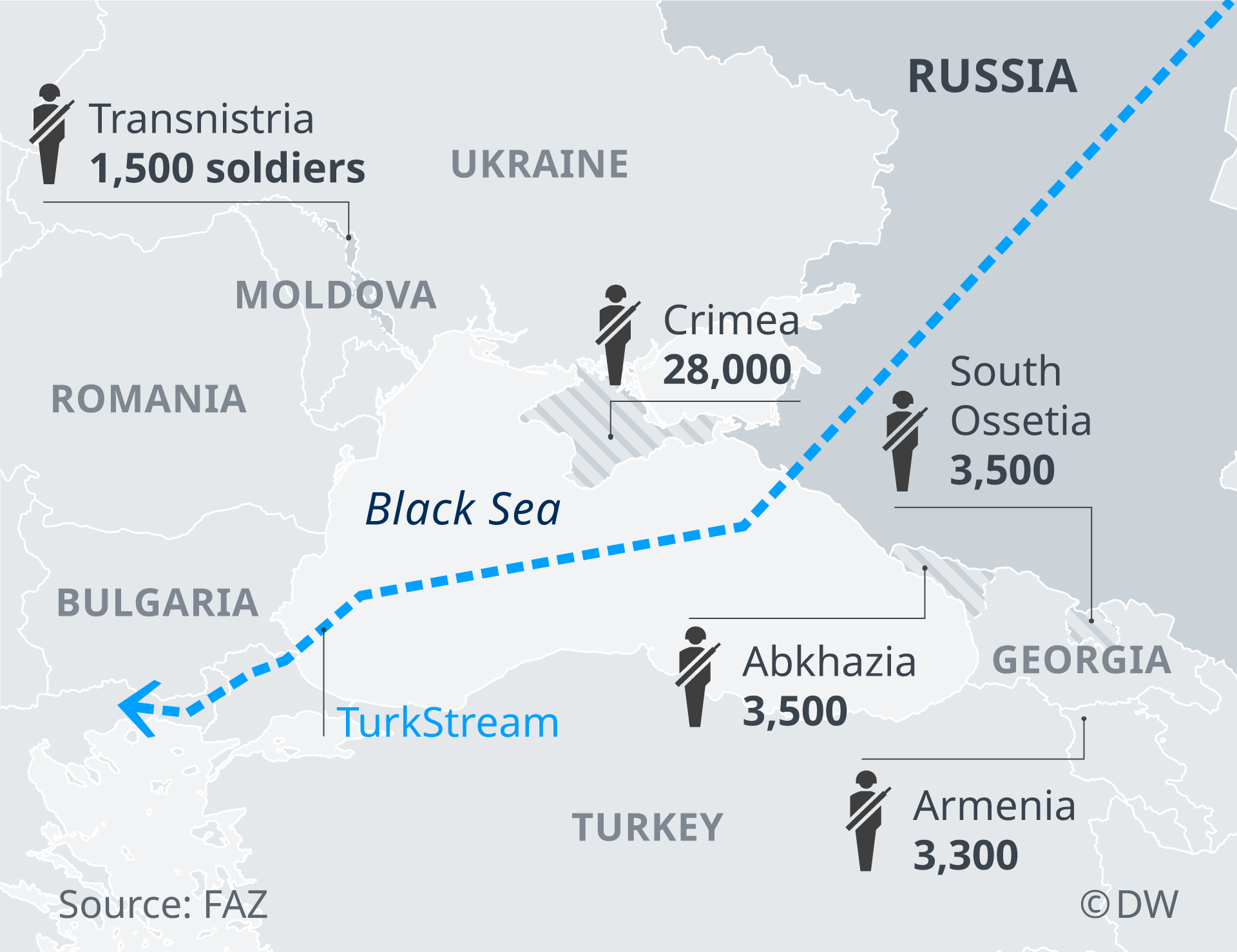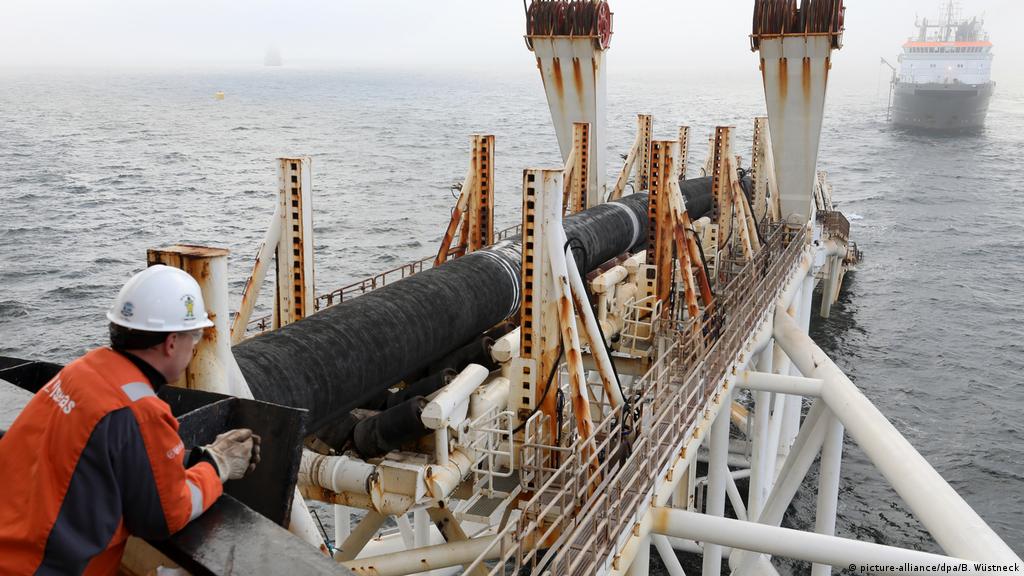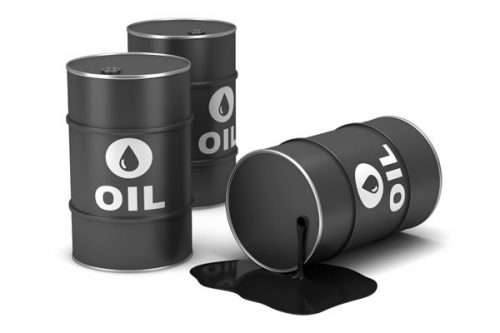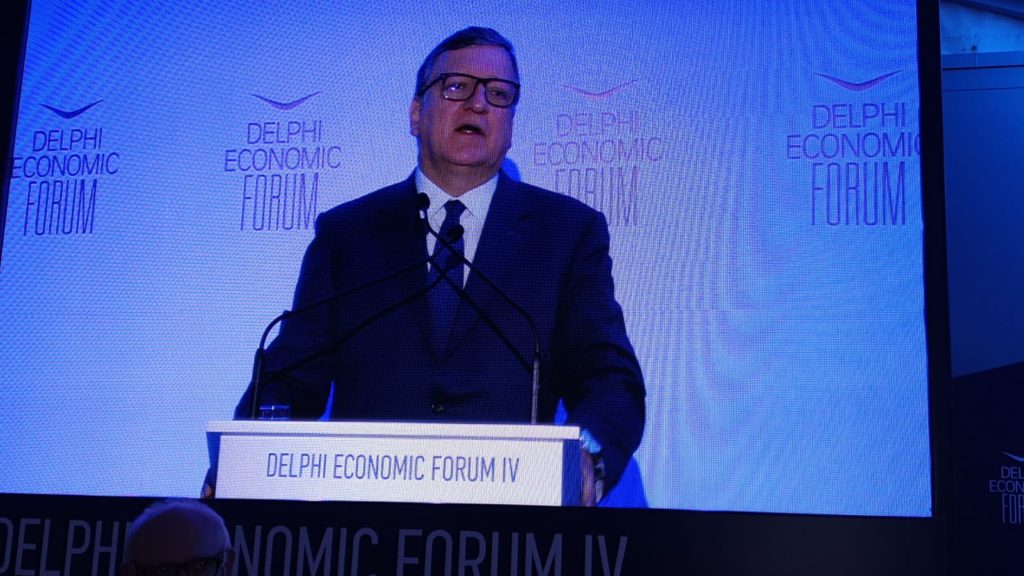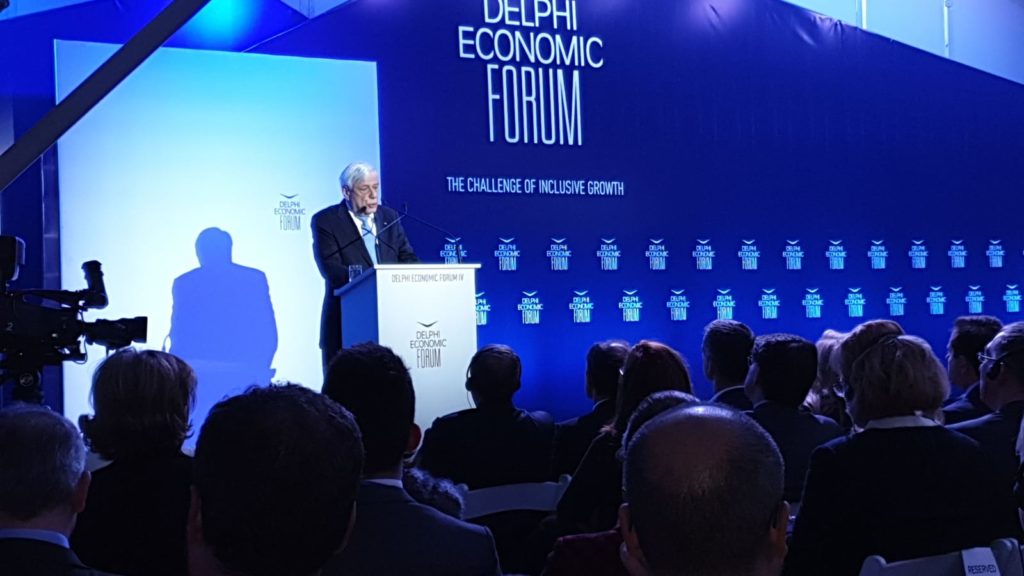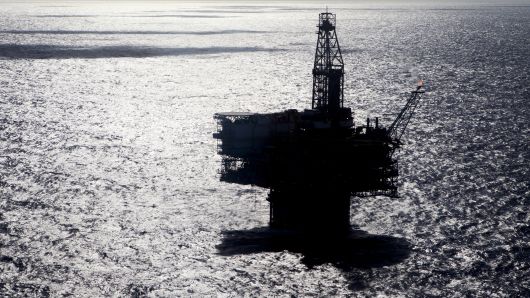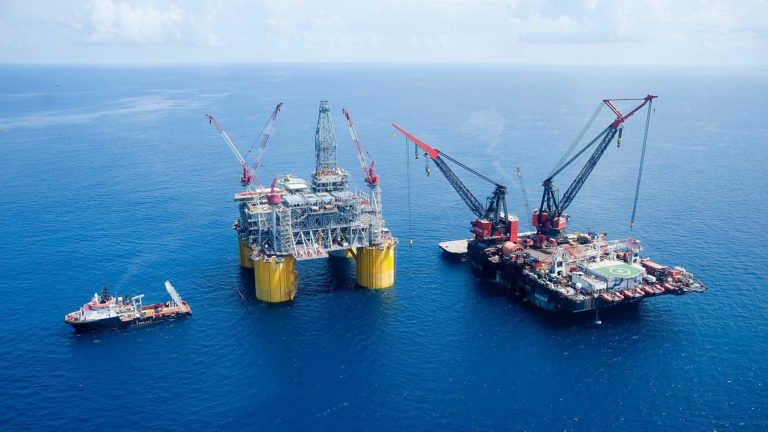The attention of the energy industry has focused in recent years on the Permian Basin, the once tired West Texas oil field that roared back to life when hydraulic fracturing and horizontal drilling freed the vast reserves locked in its shale. But as the Permian gathers the attention, another aging oil field is making its own comeback.
The Gulf of Mexico is producing a record of almost 2 millions barrel of crude oil a day and expected to increase its output each year over at least the next five years as new projects begin operation and new discoveries in deeper waters are made. After struggling in the aftermath of the oil bust as investment shifted onshore, the Gulf has found new life as oil companies have succeeded in lowering costs, and market dynamics have made the heavier crude produced in the Gulf more valuable and sought after by refineries from the Gulf Coast to Asia.
The energy research firm Wood Mackenzie projects Gulf drilling activity to jump 30 percent this year after four consecutive years of declines. The federal government forecasts production to grow another 15 percent next year to 2.3 million barrels a day as as oil companies, particularly the biggest players, find advantage in deepwater wells that deplete far more slowly than shale reservoirs.
“The quality of Gulf crude as well as the longer life of offshore wells make it just as attractive as shale to large producers today,” said Sandy Fielden, Morningstar’s director of oil and products research.
As in the Permian and other shale plays, producers that have found ways to make money with lower crude oil prices have opened the spigots. The Permian Basin and the Gulf of Mexico account for about half nation’s output, now at a record 12 million barrels a day.
Cutting costs
The average cost of extracting oil barrels from deepwater wells has plunged by more than 50 percent in five years, according to Wood Mackenzie, as companies have standardized project designs and equipment. They also focused drilling projects near existing platforms that can be connected to the new wells via underwater pipelines and umbilicals, which is far less costly than building and installing new platforms.
The breakeven price for profiting off of deepwater wells has fallen from about $70 a barrel a few years ago to closer to $40, according to the top Gulf producers BP and Royal Dutch Shell. As one measure of the vast gains in efficiency, consider this: Gulf producers are pumping twice as much crude with a quarter of the drilling rigs used in the mid-1990s.
“The deepwater is thought of as an expensive and difficult place to be,” said Starlee Sykes, BP’s regional president for the Gulf. “Recent developments are changing that.”
The world’s biggest oil companies, including BP, Shell and Chevron dominate much of the Gulf, and other top global players such as the French oil major Total, Norway’s state energy company Equinor and The Woodlands’ Anadarko Petroleum als are investing more in the region. Asian energy companies, valuing the political stability of the United States over potentially bigger returns in more volatile regions such as Africa and Latin America, also are developing projects in the Gulf.
Those firms include include China National Offshore Oil Corp., called CNOOC, and the Japanese companies Inpex Corp., Mitsui Oil and Marubeni Oil & Gas.
Shell completed a series of smaller expansions last year and, this fall, will put its multibillion-dollar Appomattox platform in operation about 80 miles of the Louisiana Coast to target deep geologic layers believed to hold much on the undiscovered oil in the Gulf. Appomattox will be followed in 2021 with the Vito platform about 150 miles southeast of New Orleans.
After Vito, Shell expects to hone in on its Whale discovery — announced a year ago — in the southwest Gulf almost 200 miles south of Houston. Rick Tallant, Shell vice president for production in the Gulf, said a final decision for a multibillion-dollar development of Whale is likely in 2020.
“The industry in general is starting to reinvest back into the Gulf of Mexico,” Tallant said.
In January, for example, BP said it would spend $1.3 billion to expand its Atlantis development about 150 miles south of New Orleans. BP said it produces more than 300,000 barrels of oil equivalent a day from the Gulf and plans to exceed 400,000 barrels daily by the mid-2020s.
The Gulf also is attracting further investments from smaller players such as the Houston companies Talos Energy, Fieldwood Energy, W&T Offshore and Houston Energy.
Ron Neal, co-founder of Houston Energy, said these companies are taking a contrarian approach, targeting the Gulf when shale is all the rage and buying leases at significant discounts to acreage in the Permian Basin. The Gulf’s wells are costlier to develop up front, he said, but they can churn out high volumes of oil for many years, unlike shale wells, in which production drops sharply after the first year or so.
“The deepwater is healthy,” Neal said. “We just try to be consistent and not reactionary, and it’s worked pretty well.”
To Mars and beyond
Wood Mackenzie predicts the next big project to move forward could be Chevron’s and Total’s 2017 Anchor discovery more than 100 miles south of New Orleans. That development could trigger more than $10 billion in investments.. Last last year, Chevron’s new Big Foot platform came online east of the Anchor find.
In addition to lower lease costs and longer well life, another factor is driving increased activity in the Gulf of Mexico: premium prices for its oil. Gulf wells produce a medium grade crude and the benchmark, called Mars, is selling at $6 a barrel more than lighter crude produced in West Texas — a premium of about 15 percent and the highest differential for Mars sine 2013.
The reason: a global shortage of the heavier crudes preferred by refiners from the Gulf Coast to Asia. Several developments have cut the supply of heavier crudes on the market, including OPEC’s production cuts, U.S. sanctions on Iran and Venezuela, and OPEC-style output reductions put in place the government of Alberta, Canada to try to lift prices of the heavy crude produced in the province’s oil sands.
Analysts expect Gulf of Mexico oil to fetch higher prices at least though the end of this year.
“As the U.S. consolidates its position as one of the world’s largest producers and a major exporter,” said Fielden, the Morningstar analyst, “the long-term value and importance of offshore production shouldn’t be underestimated.”


